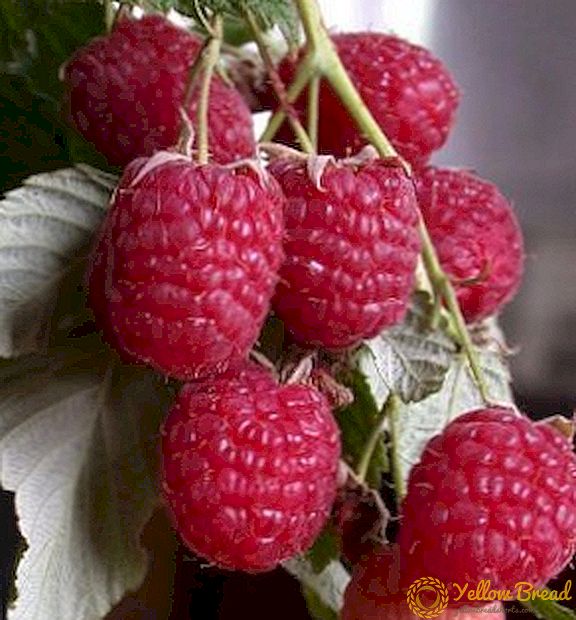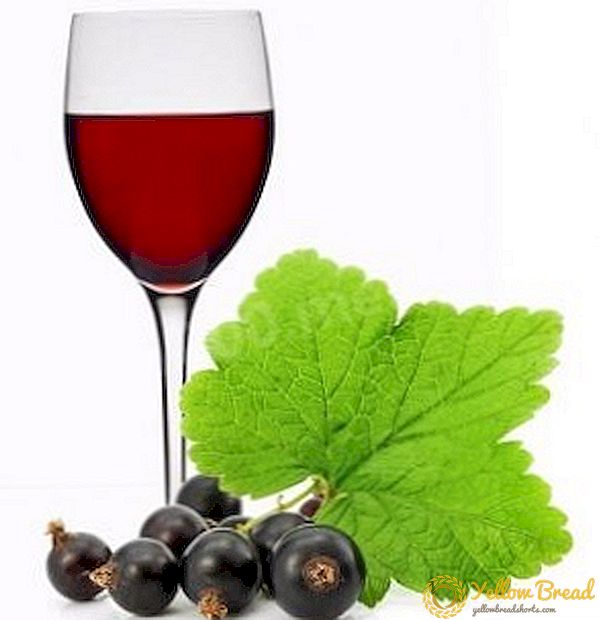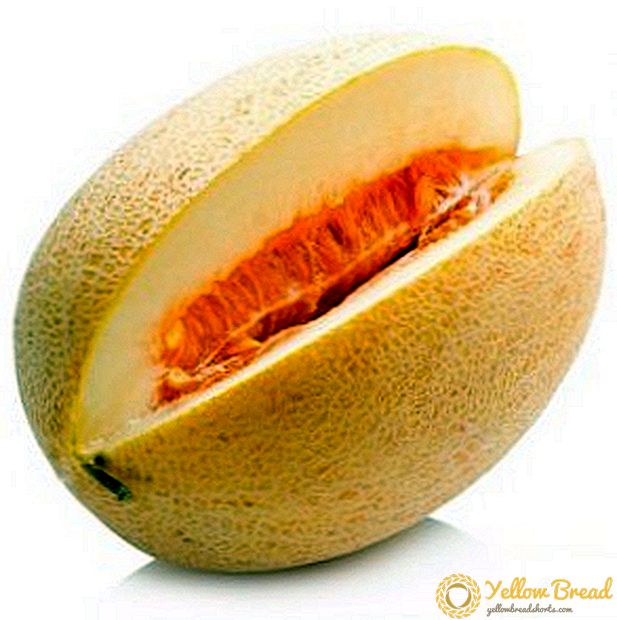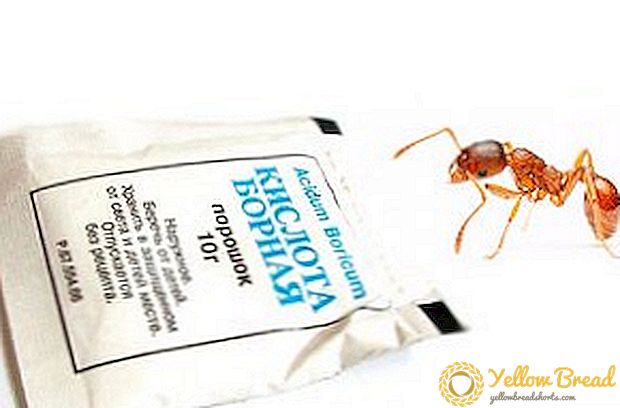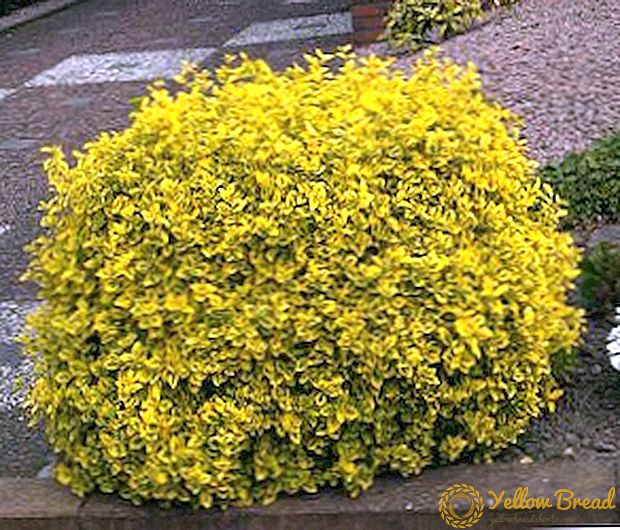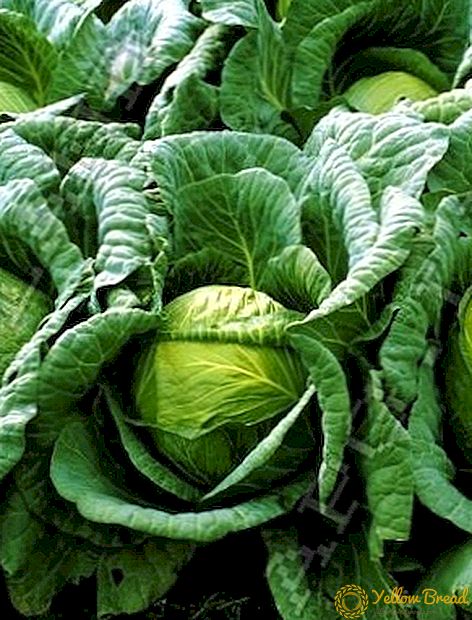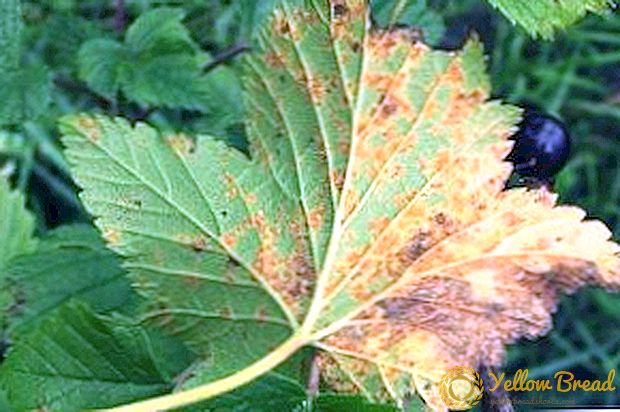 Rust is one of the most common and dangerous diseases for currants and gooseberries.
Rust is one of the most common and dangerous diseases for currants and gooseberries.
Description, diagnosis, treatment - we will tell about it below.
- What is dangerous rust
- Signs of defeat
- Prevention
- Control measures
- Resistant varieties of currants
What is dangerous rust
A diseased plant begins to lose leaves, the quality of berries deteriorates, and resistance to frost decreases. In the shrub metabolic processes are disturbed, photosynthesis, the loss disappears, water evaporation increases. Lack of treatment will lead to the death of the bush.

Infection occurs by spores falling on the currants from the marsh sedge, where the fungus successfully hibernates. Wind disputes are transferred to other plants.
Signs of defeat
Cup rust on currant leaves is easy to detect when visually inspected.
Symptoms of the disease:
- the appearance of red spots and stripes;
- yellow leaves;
- premature fall.
Prevention
Plant diseases do not always cure safely for plants. Therefore, prevention comes to the fore.

Other methods:
- weed control;
- cleaning and disposal of fallen leaves;
- Digging the earth in spring or autumn;
- thinning and pruning shrubs;
- spring spraying of bushes (before bud break);
- the use of varieties resistant to fungal infections can also be considered a method of prevention.
Control measures
If the prophylaxis did not produce a result, or if an inadvertent infection occurred, then it is necessary to begin the treatment of the scrub.
Processing plants fungicides ("Previkur", "Skor", "Fitosporin-M", "Topaz") allows you to stop the development of the fungus. Use colloidal sulfur and products that have copper in their composition, for example, Bordeaux liquid.

Processing must be carried out either before flowering or after. The first spraying is carried out during the blooming of the leaves. The next spraying - before flowering, the third - after the end.
Spraying is best done with a knapsack or hand sprayer. If the damage is very strong, you should apply the fourth treatment - on the tenth day after the third.
Resistant varieties of currants
Exist fungus resistant currant varieties:
- "Katyusha";
- "Belarusian sweet";
- "Seaside champion";
- "Dove";
- Zoya;
- "Maryushka";
- "Grace";
- "Semiramis";
- "Black Veil".

Glass rust is a dangerous disease. But quite simple methods of prevention and care for your garden will help prevent infection and contribute to the recovery of already sick bushes. If your garden is in a swampy area, then use varieties of currants that are resistant to diseases. Have a good harvest!

